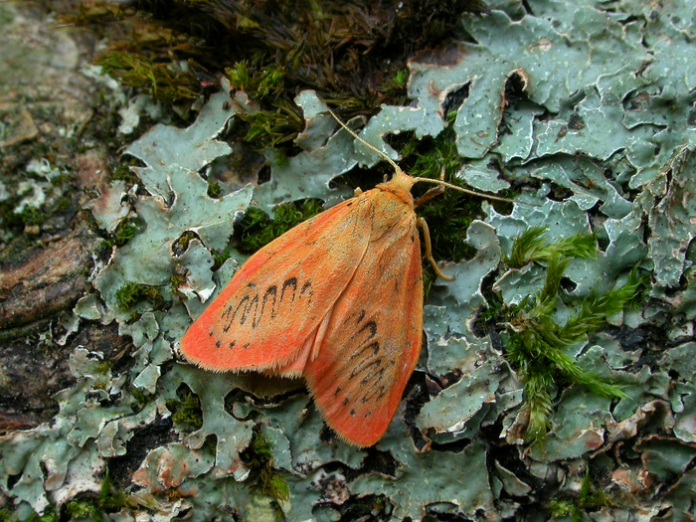A collaborative team of researchers, including the University of Reading, have developed computer simulations to predict the movement of species.
Scientists have observed that moths are struggling to move North, due to their inability to adapt to climate change in the United Kingdom (UK). However, this journey could be assisted by pinpointing the specific areas where restoration is taking place, which can provide the insect with a ‘smoother’ journey. Additionally, this will allow researchers to predict the movement of species in the changing climate and anticipate where and when the moths will accumulate.
Researchers from the University of Reading, the University of Liverpool, Rothamsted Research, and Butterfly Conversion combined real data to create a computer simulation to track the movement of this species.
What does predicting the movement of moths reveal?
Scientists were able to observe that farmland and suburban moths – both of which are critical for both pollination and as food for birds and bats – struggled to move across landscapes. Thus, the research team could identify landscape features, such as rugged hills, that appeared to hinder their movements.
Dr Jenny Hodgson, the lead author from the University of Liverpool, said: “These new computer models will help us to target habitat restoration in the most effective places to help species adapt to climate change by shifting their ranges across the country.”
Professor Tom Oliver, an Ecologist at the University of Reading, and a co-author of the study, added: “Previous research has shown how severe fragmentation of habitats in our UK landscapes is preventing the ability of species to shift their ranges in response to climate warming. We urgently need targeted habitat restoration to help species adapt to climate change.
“Utilising predictions like these would enable us to effectively create moth motorways, helping endangered moth species reach new, more suitable regions more quickly in their bid to survive.”
Scientists tackle the lack of ability to predict the movement of species
There is a prevalent concern that UK wildlife will fail to register climate change if the habitat is too scarce or insufficiently connected. However, up until now, there has been a lack of capability to predict the movement of species across landscapes under climate change.
This study, published today (20 May 2022) in the journal Global Change Biology, has revealed that moth species detected in farmland and suburban habitats were only moving Northwards in some British landscapes, putting them in peril.
The team discovered that landscapes with hills or varying temperatures acted as bottlenecks, decelerating the movement of farmland and suburban moths. The explanations for this are unclear, although it may be that hills present a physical barrier to dispersal, or that upland areas contain fewer hedgerows, nectar sources and larval food plants.
Scientists collected data on the movement of 54 Southerly-distributed moth species from 1985 onwards from the Rothamsted Research light trap network, and the National Moth Recording Scheme. This allowed them to test the results from computer modelled data.
What do these results reveal?
Dr Chris Shortall, an Entomologist from Rothamsted Research and co-author of the study, said: “The restricted expansion of farmland moths is surprising and shows it is not safe to assume that such relatively tolerant species face no geographical barriers to range expansion. There may be ways to adapt farming practices to improve species’ ability to move through these landscapes.”
Dr Zoë Randle, the Senior Survey Officer at Butterfly Conservation, and a co-author of the study concluded: “The findings from this work have great potential to maximise the impact of conservation action, habitat restoration and tree planting by targeting these environmental enhancements in the right places.
“We are in the grip of a biodiversity and climate crisis; time is of the essence and the findings of this research can really help make a difference in helping moths and other species in these communities that are undergoing range expansion due to climate change.”









